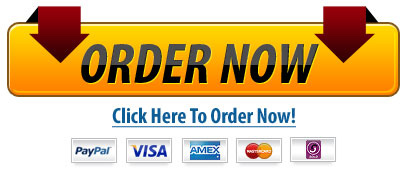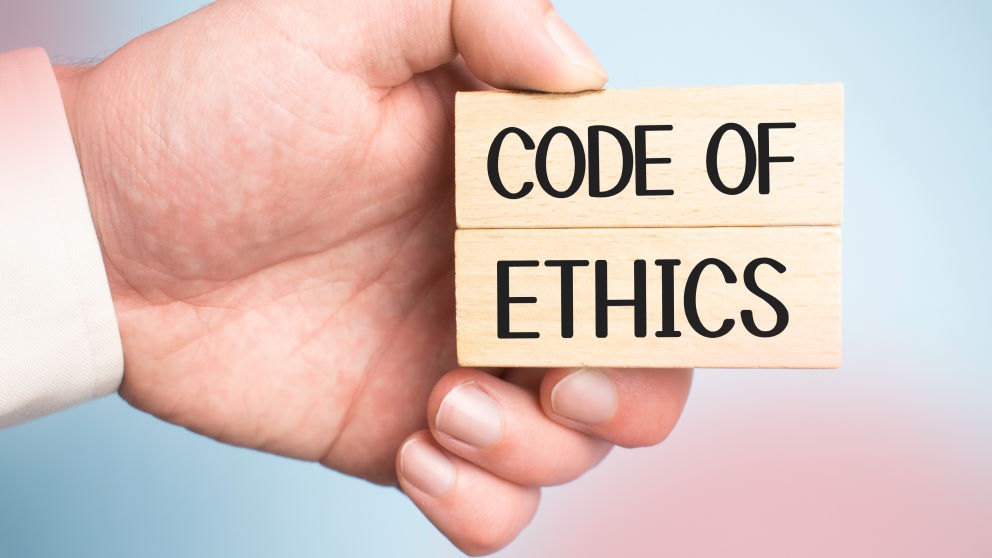Clinical Procedure Coding Practice
Clinical Procedure Coding Practice
(Clinical Procedure Coding Practice)
ICD-PCS Coding
M132 Module 02 Coding Assignment
Find the correct code and explain your rationale for each case study below.
1. Case Study:
PREOPERATIVE DIAGNOSIS:
1. Gangrene right foot.
POSTOPERATIVE DIAGNOSIS:
1. Gangrene right foot.
OPERATION:
1. Right below the knee amputation.
ANESTHESIA: General LMA.
PROCEDURE: The patient was brought to the operative suite where a general LMA anesthesia was induced.
A Foley catheter was inserted. The right foot was s secluded in an isolation bag and the right lower extremity circumferentially prepped and draped in its entirety. Beginning on the right side the skin was marked with a marking pen 4 fingerbreadths below the tibial tuberosity anteriorly with a long posterior flap. The skin was incised circumferentially and the anterior musculature sharply divided exposing the tibia The tibia was cleaned with a periosteal elevator and then transected with the Stryker saw. The fibula was exposed and transected with the bone cutter and the amputation completed by sharply incising the posterior musculature. Bleeding vessels were ligated with 2-0 silk Ligature. There appeared to be adequate bleeding at this level for primary healing. The tibia was then cleaned with a bone rasp and the fibula with a rongeur. The wound was irrigated and ultimately closed without significant tension utilizing interrupted 2-0 vicryl sutures for reapproximation of the fascia and skin staples for reapproximation of the skin.
The right side was dressed with sterile gauze fluff dressings and a Kerlix roll. Estimated blood loss throughout the procedure was approximately 150 mL. The patient received one unit intraoperatively of packed cells because of preoperative anemia. She was transported in stable condition to the recovery room.
2. Case Study:(Clinical Procedure Coding Practice)
PROCEDURE: Open reduction and internal fixation of bilateral tibial plateau fractures.
INDICATIONS: This 23-year old was involved in a serious accident and sustained bilateral tibial plateau fractures
DESCRIPTION OF OPERATION: The patient was brought to the operating room and placed on the operating room table in the supine position. General anesthesia was induced, and after this both lower extremities were prepped and draped in the usual sterile fashion. Attention was first directed towards the left tibial plateau. A standard lateral procedure to reduce the lateral tibial plateau fracture was performed. After a submeniscal arthrotomy was performed, the joint was visualized via the lateral approach. The posterolateral fragments were reduced and the lateral tibial plateau was elevated, restoring the articular surface. K-wires were placed to provisionally hold this reduction. C-arm fluoroscopy was used to confirm good reduction of the joint surface. Next, a 6-hole lateral plateau locking plate from the Stryker sets was selected. This locking plate was advanced down the tibial shaft. Screws were placed to secre the plate to the bone. Four screws were placed in the distal shaft fragments and 4 locking screws in the proximal fragment. A kickstand screw was also placed in the locking mode. After all screws were placed, x-rays exhibited good reduction of the fracture, as well as good placement of all hardware. Next, the wound was thoroughly irrigated with normal saline. The meniscal arthrotomy was closed with the 0 PDS suture, including the capsule. Next, the IT band was closed with 0 Vicryl suture, followed by 2-0 Vicryl sutures for the skin and staples. Attention was then directed toward the right tibial plateau. A similar procedure was performed on the right side. Then, the lateral approach to the lateral tibial plateau was performed, exposing the fracture. The incision was approximately 4 cm on the right side. A 6-hole LISS plate was advanced down the tibial shaft. Four screws were placed in the distal fragments followed by four screws in the locking mode and proximal metaphyseal fragment. Excellent fixation was obtained. The C-arm fluoroscopy was used to confirm excellent reduction of the fracture on both the AP and lateral fluoroscopic images. Next, the wound was thoroughly irrigated and closed in layers. Sterile dressings were applied All wounds were dressed with sterile dressing and the patient was placed into knee immobilizers. The patient was then awakened from anesthesia, and transferred to recovery. The patient will be nonweightbearing for approximately three months on bilateral lower extremities. The patient will receive DVT prophylaxis during this time.
3. Case Study:(Clinical Procedure Coding Practice)
PREOPERATIVE DIAGNOSES:
1. Pelvic pain.
2. History of previous pelvic surgery and ovarian cyst.
POSTOPERATIVE DIAGNOSES:
1. Pelvic pain.
2. History of previous pelvic surgery and ovarian cyst.
OPERATION PERFORMED: Laparoscopic adhesiolysis.
SURGEON: Susan Smith, MD
ANESTHESIA: General endotracheal.
ESTIMATED BLOOD LOSS: Less than 10 mL.
URINE OUTPUT: 70 mL.
IV FLUIDS: 750 mL.
DESCRIPTION OF OPERATION: After informed consent was obtained, the patient was taken to the operating room. She was placed in the dorsal supine position and general anesthesia was induced and prepped and draped in the usual sterile fashion. A Foley catheter was placed to gravity and speculum was placed in the posterior and anterior vagina and the cervix was grasped with a single-toothed tenaculum. A Hulka clamp was then inserted through the cervix into the uterus for uterine manipulations and the tenaculum was removed and attention was then turned to the abdomen.
A supraumbilical incision was made with a scalpel and elevated up with towel clamps. A long Veress needle was then placed and CO2 gas was used to insufflate the abdomen and pelvis. A 10-12 trocar and sleeve were then placed and confirmed via the laparoscope. The dense greater omental adhesions to the anterior abdominal wall were noted immediately. At this time, we were not able to see into the pelvic region. A second 5 mm trocar and sleeve were placed in the left mid quadrant under direct visualization. The ligature device was then placed developing a plane between the omentum and the anterior abdominal wall.
The adhesiolysis took place and it took approximately 25 minutes to release all of the omental adhesions from the anterior abdominal wall. We were then able to visualize the pelvis and a blunt probe was placed through the port. The ovary was visualized and photos were taken with no evidence of any ovarian cyst or ovarian pathology or of pelvic endometriosis. The uterus also appeared normal and the left tube and ovary were surgically absent. The appendix was easily visualized and noted to be noninflamed, normal in appearance, and there were no adhesions in the right lower quadrant. The upper abdominal exam was unremarkable. The procedure was terminated at this time. The ports were removed. CO2 gas was allowed to escape. The incisions were closed with 4-0 Vicryl suture. The Hulka clamp was removed. The vagina was noted to be hemostatic. The patient’s anesthesia was awakened from anesthesia, the Foley catheter was removed, and she was taken in stable condition to the recovery room.



